Good People of vitruta: Elâ Atakan
Meet Elâ, the newest member of Good People of vitruta! As someone who lives through stories, one of Elâ’s greatest fascinations is the invisible connections between objects, people, and cities. Her career in the art world, which began with Sophie Calle, gradually evolved into independent curatorship and in-depth research at the intersection of collective memory and art. How has Elâ’s life—spent between Istanbul, Paris, and Grenoble—and her connection with these cities shaped her work? Our conversation, covering all this and more, awaits you.
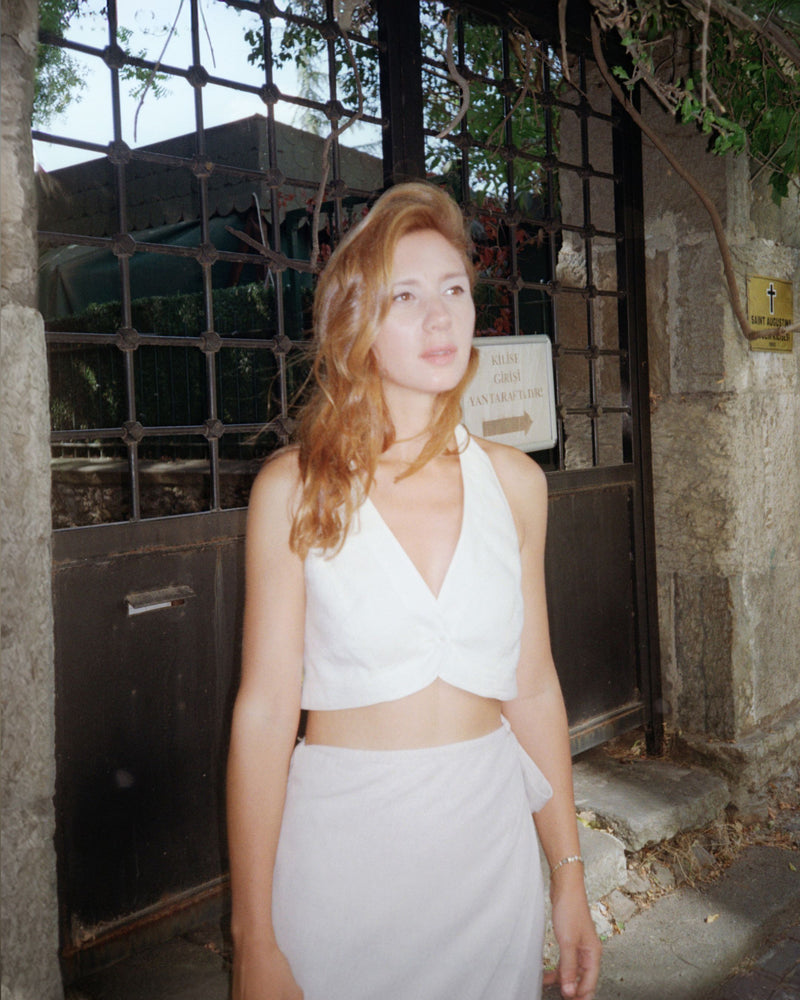
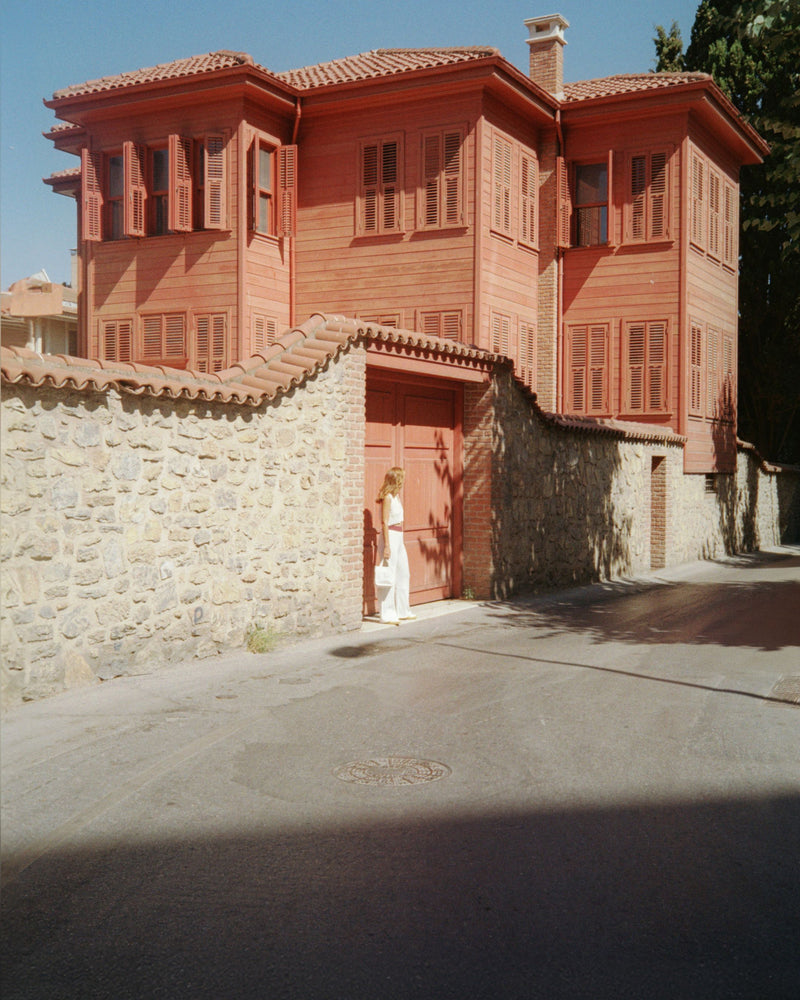
Elâ, welcome! Let’s kick things off with a classic: How would you describe yourself to someone who hasn’t met you yet? Who is Elâ, where did it all start, and what are you up to these days?
Hello everyone! I was born, raised, and dreamt in Istanbul. I would describe myself as a writer and an independent curator. Writing and storytelling, in all their forms, have become integral parts of my life.
I think I live through the stories of everything. The stories of objects, people, cities, remnants, and the past, as well as the invisible connections that carry them into the present, have always fascinated me and continue to do so.
How did your journey in the art world begin? Could you share with us the process from being a coordinator to becoming an independent curator?
My journey in the art world professionally began when I met Sophie Calle and worked with her on a project for Sakıp Sabancı Museum. Following that, I had the privilege of working with a wonderful and very small team there. During that time, I gained experience in all areas of exhibitions—from the conceptual stage to the catalog, from side events to sourcing related films.
After leaving the museum, I briefly had the opportunity to work with film producer Zeynep Atakan. It was through her that I found the courage to consistently bring 'independent' ideas and dreams from paper to reality. Moreover, writing exhibition reviews under the editorship of Merve Akar Akgün at Art Unlimited also played a significant role in this journey.
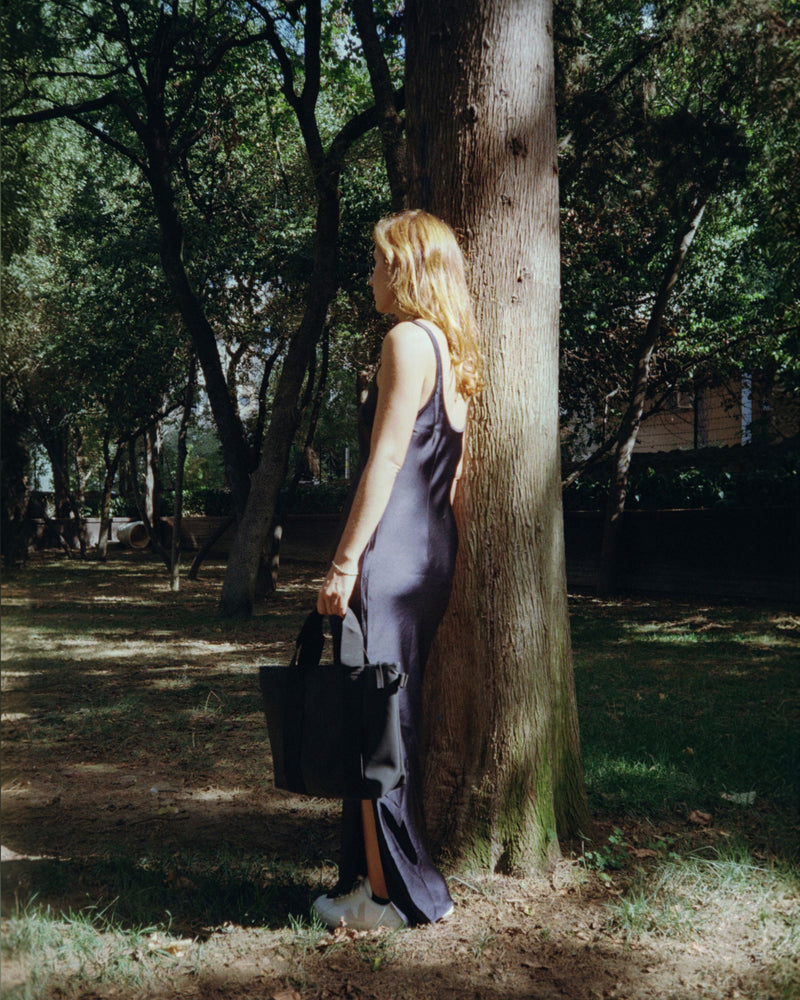
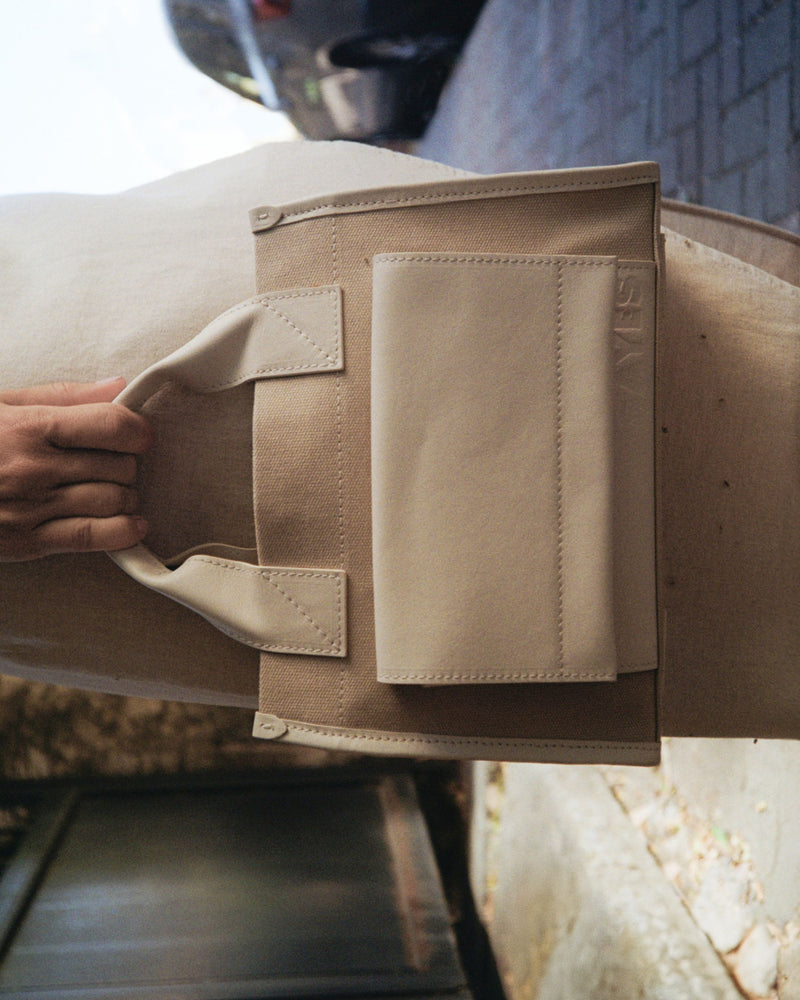
We know you haven’t distanced yourself from academia! How has your master's degree in political science and democratization shaped your perspective on art? Can you share your thoughts on the relationship between collective memory and art that you’re exploring in your PhD?
My master's thesis, which I defended in 2011, focused on think tanks and their discourse on democratization. I analyzed how civil society organizations with different political views developed discourse on political taboos that were not discussed in Turkey, and I uncovered the organic connections between the actors who wrote reports, organized seminars, and funded these organizations. After my defense, there were significant changes in Turkey's political climate. During the time I was writing my thesis, I was also working with Sophie Calle on our project at the Sakıp Sabancı Museum. After my defense, my thesis advisor offered me the opportunity to continue with a PhD.
The reason I decided to focus on the relationship between collective memory and art for my PhD thesis was that I noticed the same sources funding think tanks were shifting towards the art market. Instead of supporting lengthy reports, these institutions began presenting the same social issues through exhibitions. Interestingly, these almost research-based exhibitions, which touched on politically taboo topics in Turkey, were not falling under the radar of the political authority. This entire narrative was quite thrilling for me at the time.
The research I've conducted on the history of art institutions, my interviews with artists and institution directors, and the articles I've read have all allowed me to gain a much more distant and objective perspective on the art market in Turkey. Additionally, during this period, I underwent a psychoanalysis process that lasted about five years. Both the psychoanalysis and my PhD topic have deepened my appreciation for the artists I work with today, as well as their works, personal stories, cultural backgrounds, and the social events they and their families have experienced.
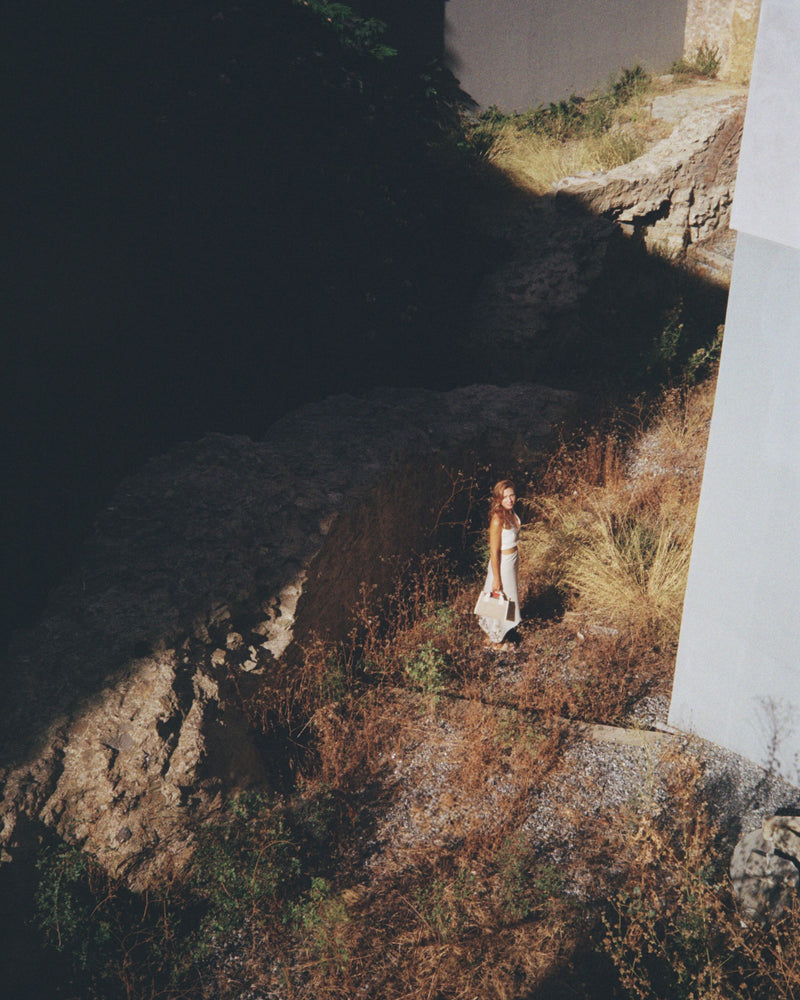
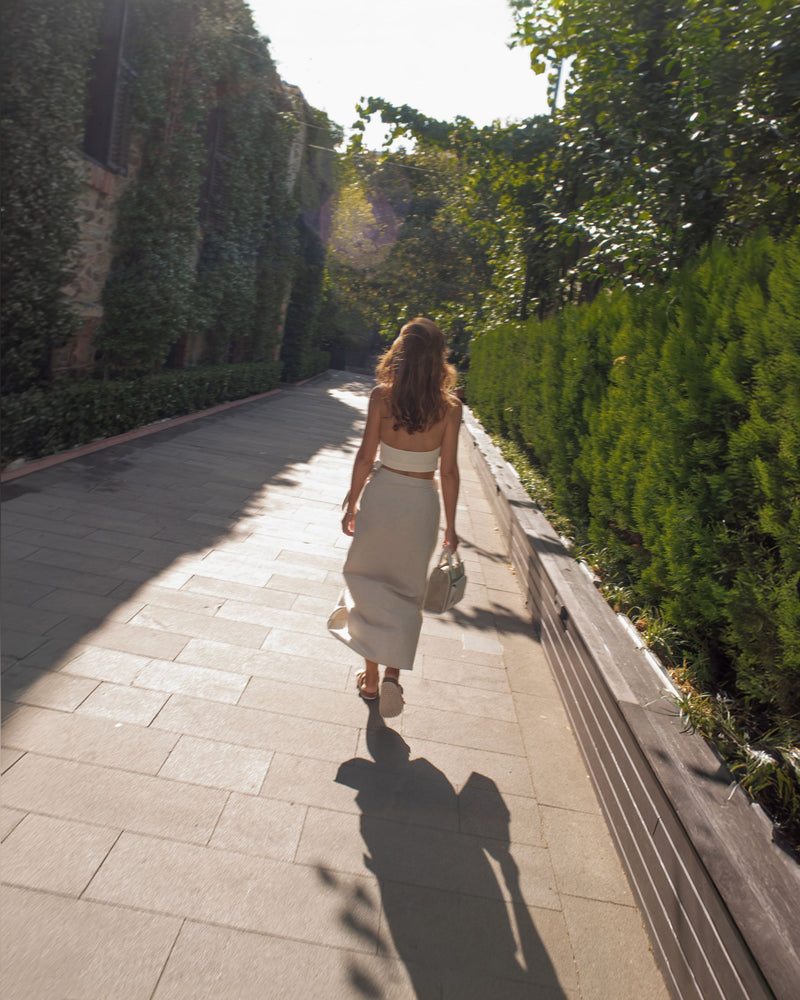
How does being active in both the academic and art worlds shape your perspective? When you bring these two fields together and allow them to influence each other, what kind of vision emerges?
I haven’t been actively involved in academia for quite some time. However, all the academic work I’ve done, as I mentioned earlier, actually forms the foundation of all the exhibitions and writings I create. Whenever I’m drawn to a subject, whether it’s an exhibition, writing, or research, my approach and practice are not much different from an academic study.
And what role does writing play in your journey of self-expression? We’d love to hear about your book Kimsesizliğin Sonu in your own words!
Writing holds a very special place in my life. Since childhood, I’ve always expressed myself through writing. Over the years, it has become a kind of self-therapy for me.
The biggest influence on the creation of the book was likely the psychoanalysis process I underwent. I wanted to confront the truths I discovered in my own story through psychoanalysis and bid them farewell through this book. At the same time, this methodology gave me a whole new perspective on the poems and stories I wrote and read.
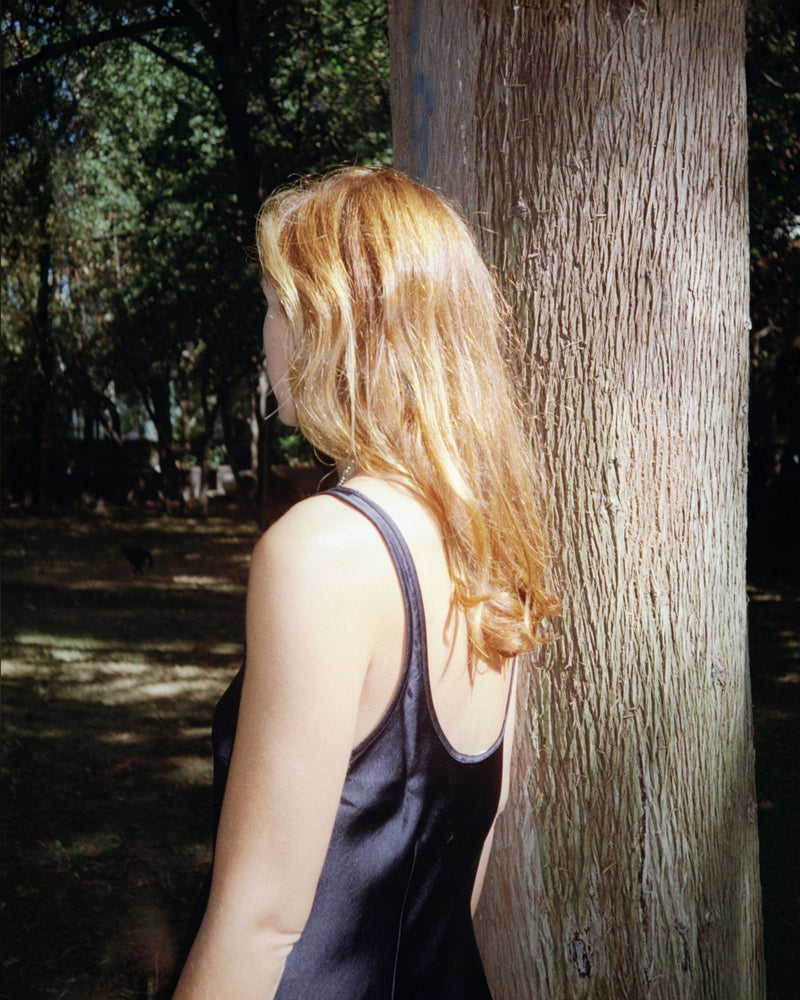
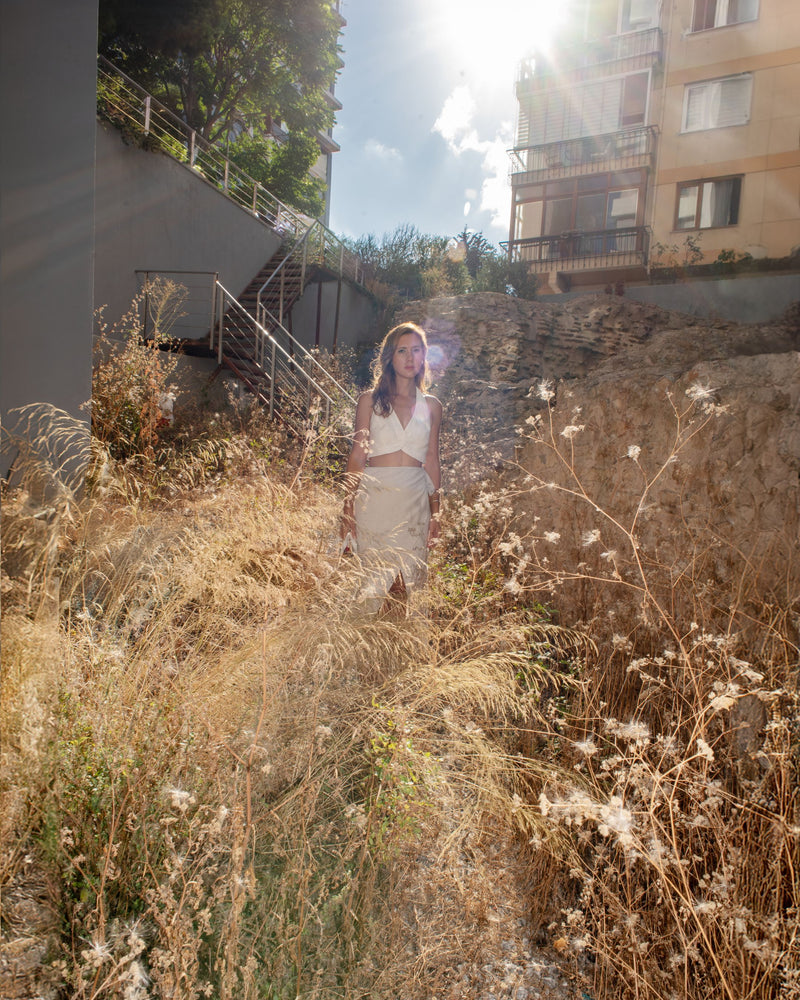
We’ll return to the importance of collective memory later—Istanbul certainly has its challenges in this area! Still, we have to ask this: How do the artistic and cultural fabrics of Grenoble and Istanbul, where you spent much of your educational journey, influence your work? How do you maintain your connection with these cities?
Actually, I spent my education years in Istanbul, Paris, and Grenoble, and after Istanbul, I’d say I’ve lived the longest in Paris. The artistic and cultural fabric of these three cities is entirely different. Art and culture still form the heart of Paris. I think it was there that I first discovered my perspective on art, the boundless nature of the art world, and that unique feeling permeating the entire city.
My experience in Grenoble, however, was quite different. There, I approached art, literature, and philosophy from a very academic perspective, centered around Sciences Po Grenoble. Istanbul, on the other hand, is a place that, despite appearing culturally stagnant at times, has a unique ability to continually reinvent itself within its fabric, geography, and ongoing transformation. This constant renewal and its various contributions to artistic and cultural production are fascinating, especially since it’s the city where I was born and raised, making it all the more intriguing to witness these changes.
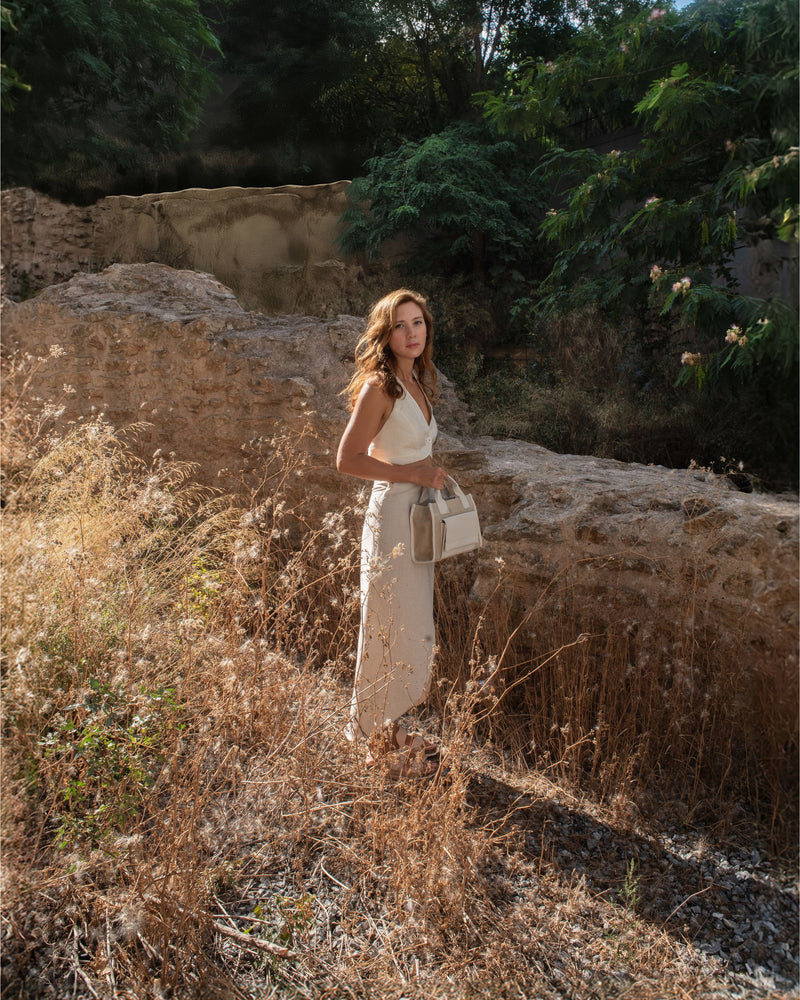
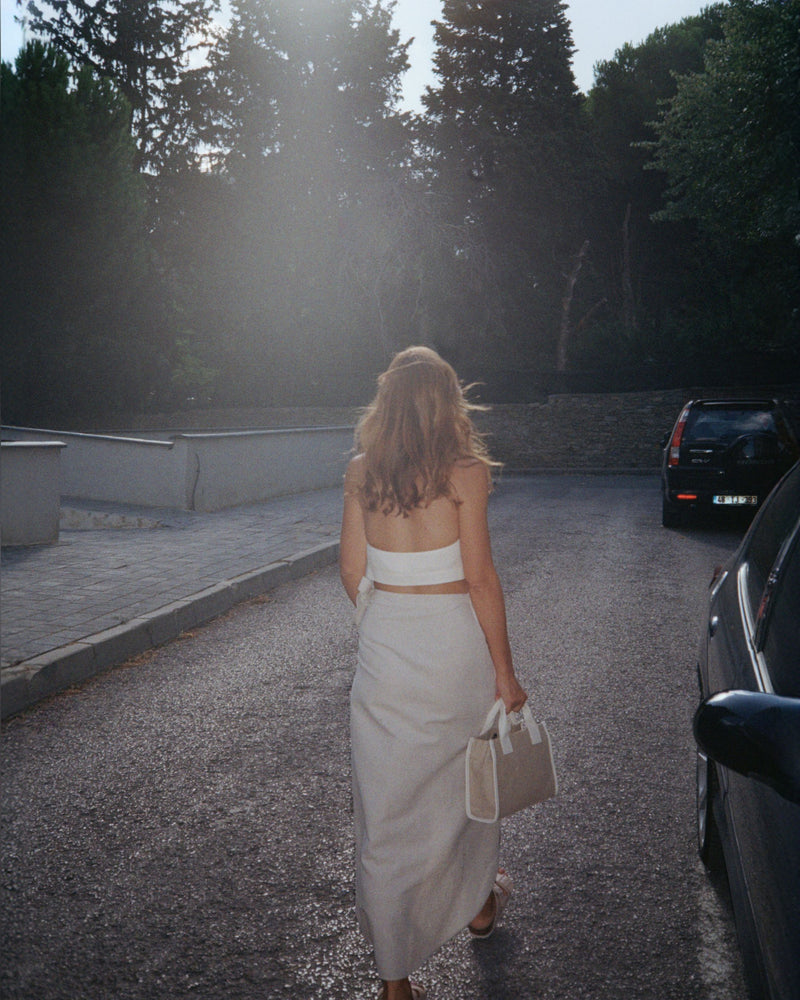
Which artists, writers, or philosophical movements are influencing you these days?
Maybe it's due to my academic background, but when I’m interested in a topic, I enjoy diving deep into different sub-categories related to it, reading and researching extensively. For the past six years, I’ve developed a passion for learning Greek. This language has allowed me to escape from the realities of life, the everyday, the city, and the country, creating an independent, brand-new inner world for myself. Because of this, much of what I’ve been reading and exploring lately revolves around this language and its culture.
Earlier this summer, I was deeply moved by Trouver Refuge by Christophe Ono-dit-Biot, which describes Mount Athos in Greece—a peninsula inhabited by monks and monasteries, seemingly untouched by time since the Byzantine era. We visited that region this summer. Lately, I’ve also been captivated by the Rotunda, a structure from the Roman era in Thessaloniki, which I visited during that trip. I’m currently reading a research book about it.
In terms of music, I’m greatly influenced by Marina Spanou’s narrative-songs, which feel as if she’s giving voice to stories from a book. All of these things create an inspiring texture in my life, forming a layer that breathes and brings me new perspectives.
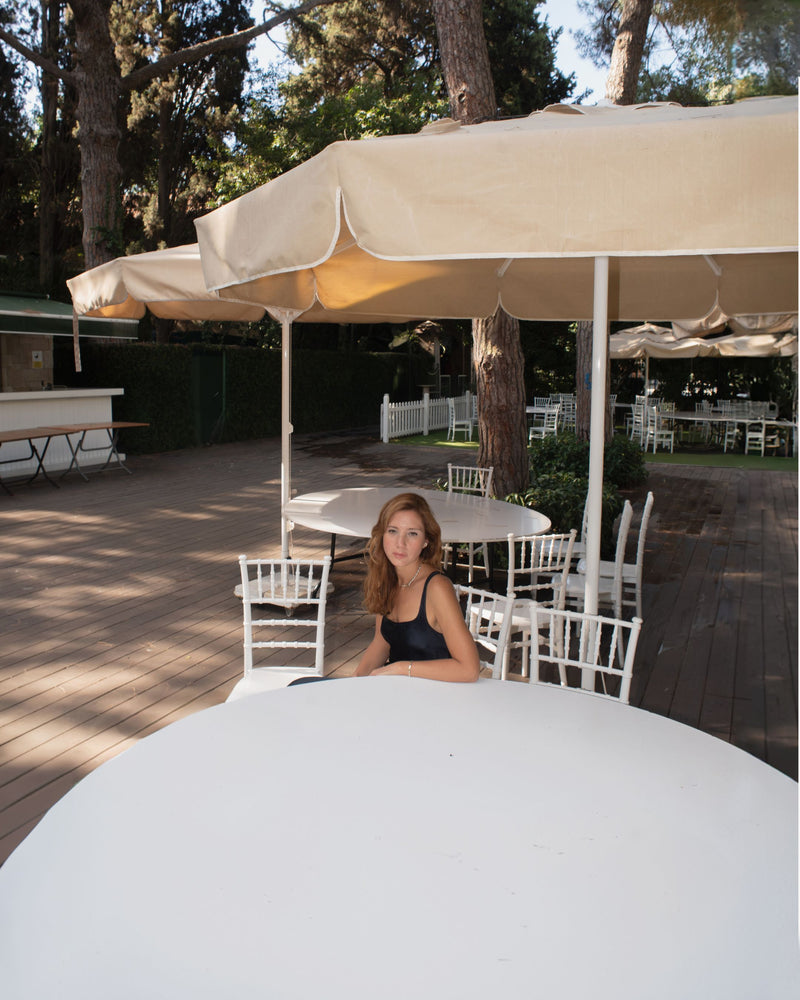
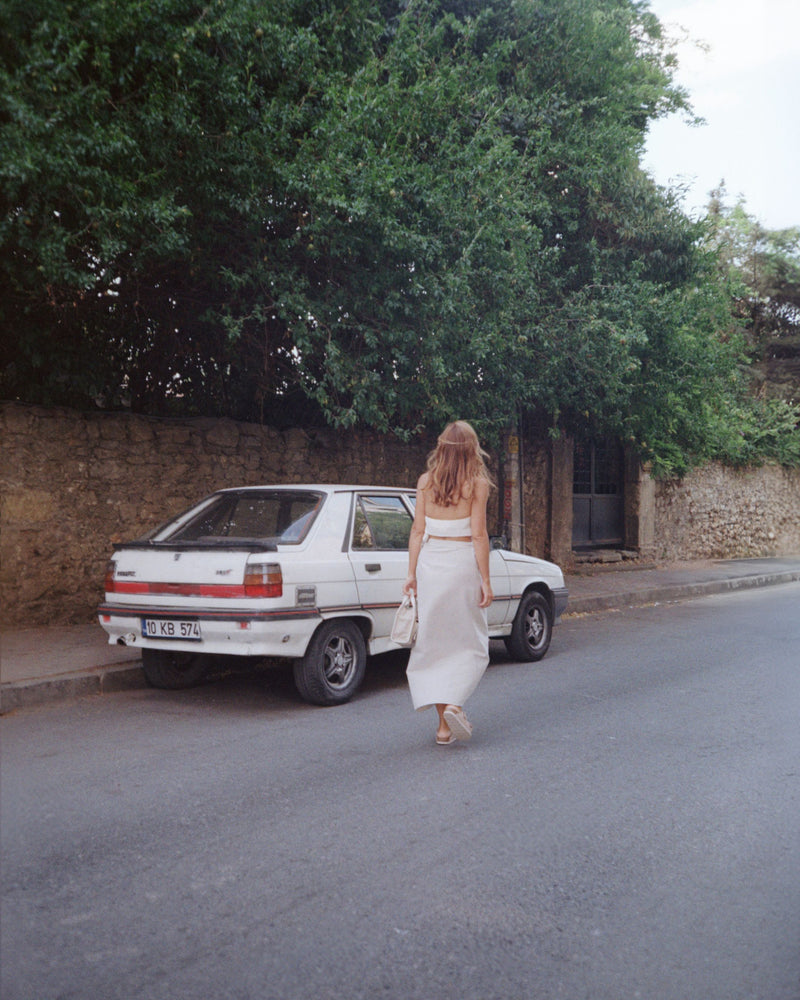
Finally, would you like to share what comes to mind when you think of “vitruta” and “Good People”? Whether it’s the brand, the neighborhood, individuals, colors, events—whatever comes to mind.
When I think of “vitruta” and “Good People,” I first think of people who choose to be happy, who aren’t afraid to create their own language, and who have the courage to create. The emotion at the event in May, under the wisteria at Giritli Restaurant, was so strong and hopeful. It was a gathering where everyone danced, felt at ease, and many people who were meeting for the first time engaged in deep conversations at every table.
One last detail I’d like to add is that the vitruta store in Pera holds a special place for me. Since most of my meetings and the galleries I work with are in the Pera area, I love stopping by the store on my way, picking up something either for myself or for loved ones.
You can click here to see the products Elâ Atakan used and chose in the shoot.